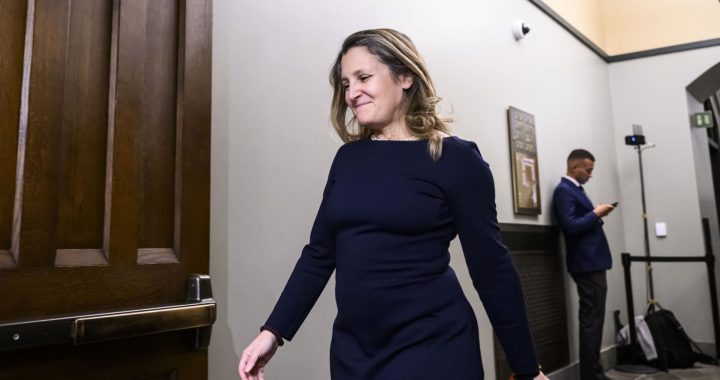NDP MP Blake Desjarlais says Indigenous communities in northern Alberta have been completely let down by both government and industry in the wake of a tailings pond leak from the Kearl tar sands mine project.
“Let’s be clear,” the Edmonton MP told Nation to Nation, “this is occurring again and again and again and as much as I am shocked by this I’m certainly not surprised. We’ve seen nations and in particular this nation (Athabasca Chipewyan First Nation) in the past make calls for greater certainty of how these spills would be reported.
“The AER (Alberta Energy Regulator) knew about what was happening, the Alberta government knew exactly what was happening but the nation most affected did not.”
Contaminated water began seeping from the mine site in May 2022 but First Nations and Métis communities in the Athabasca tar sands region were not made aware of the leak until February of 2023 – more than nine months later.
It is still not known how much of the contaminated water has leaked into the surrounding area.
Read More:
First Nation in northern Alberta reports Kearl mine leak ‘worse’ than expected
While tailings pond leaked, Imperial Oil lobbied Alberta government on ‘cost effective’ regulation
Local Indigenous communities testified before the environment and sustainable development committee in Ottawa on April 17 and Imperial Oil executives were up before the same committee on Thursday.
Much of the blame for the mishandling of the situation has been placed at the feet of both Imperial Oil and Alberta’s United Conservative government but Desjarlais said the Trudeau government also needs to be held to account.
“If the federal government is serious, Minister Guilbeault (Steven, minister of Environment), said he would take a serious look at how the Alberta government is currently handling the affairs of the AER, look at the existing Canadian Environmental Protection Act, close the loopholes and give jurisdiction and power and recognition to the nations that are already doing the environmental review,” he said. “It would be a fantastic day for Indigenous people to get the resources they need to monitor their own lands because clearly the AER and the province isn’t doing it right now.”
Vandal meets Halaand
Minister of Northern Affairs Dan Vandal was in New York city earlier this week where he had the opportunity to meet with U.S. Secretary of the Interior Deb Halaand, the first Indigenous person to sit in the American federal cabinet.
“We spent a lot of time discussing how do you stop the violence against Indigenous women and girls which is a real problem not only in Canada but in the United States as well,” he told Nation to Nation. “I get the sense that they are looking to us for what we’ve done and the leadership we’ve shown I think is an inspiration to them.”
Vandal said the two countries have a lot of areas of common interest when it comes to Indigenous issues and it appears the Democrats are interested in beginning the journey toward reconciliation.
He was in New York to attend the 22nd session of the United Nations Permanent Forum on Indigenous Issue as part of the Canadian delegation.
Canadian Indigenous youth groups also made a presentation at the UNPFII this week where they took the opportunity to highlight a new report: A Labour of Love: The Unpaid and Exploited Labour of Grassroots and Community-Based Indigenous Youth Groups.
The report said the federal government has failed to live up to call to action 66 in the final report of the Truth and Reconciliation Commission by consistently underfunding Indigenous youth groups.
“It’s a call to action that hasn’t been implemented even though some places it will state that it is,” said Alyssa Carpenter, director of the Western Arctic Youth Collective.
“A lot of these groups, collectives, initiatives, councils and those that have non-for-profit status came together. We’re experiencing a lot of similar challenges and we’re not able to do the work that’s needed in the communities.”
Carpenter said that because of the unstable funding situation, Indigenous youth groups are severely understaffed and spend much of their time applying for grants.
With stable multi-year funding, she said this time could be better spent tackling serious issues such as youth suicide.












